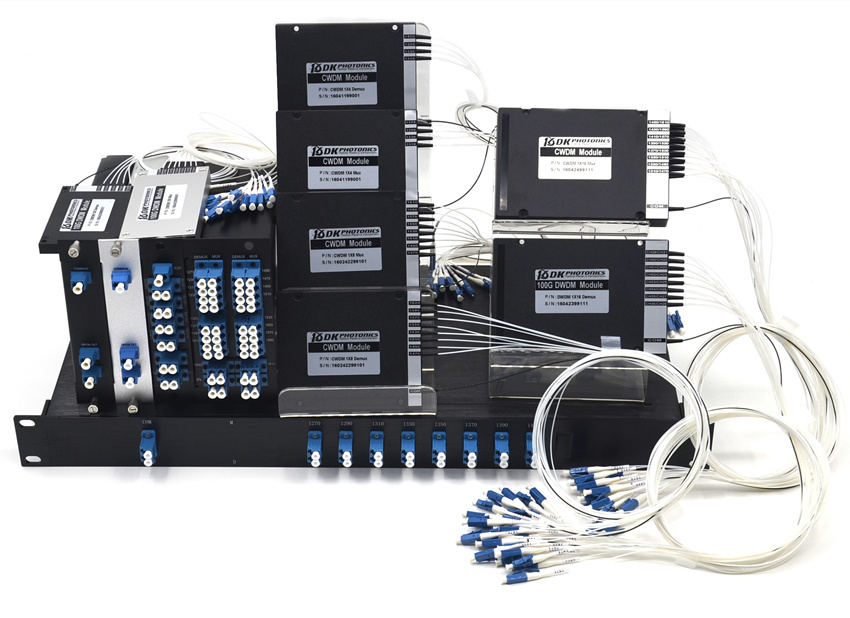Global Fiber Optic Components Market 2017-2021
2017-07-27
About Fiber Optic Components

Fiber optic components are an integral part of the fiber optic infrastructure that is deployed across countries as well as continents to meet the increasing demand for the fiber optic communication. The global fiber optic communication market majorly consists of two segments that are fiber optic cables and fiber optic components.
Fiber optic cables use light as the carrier to transfer information between two places. They are used in fiber optic communication wherein they transmit these signals at long distances. They support higher bandwidth as compared to copper cables, which makes them a preferred choice for next-generation communication technologies such as 4G and 5G. Optical signals can resist electromagnetic interference. This results in a lower attenuation of the signal, and it becomes less prone to noise.
The analysts forecast the global fiber optic components market to grow at a CAGR of 10.37% during the period 2017-2021.
Commenting on the report, an analyst from the research team said: "The latest trend gaining momentum in the market is increasing long-haul and ultralong-haul networks. Long-haul optic networks are used for the transmission of information over optic fiber cables for long distances. Long-haul optics are used to connect countries and cities across the globe. Most of these networks range from hundreds to thousands of kilometers. They have mostly migrated to 10 Gbps-based DWDM systems with 32 channels or more."
According to the report, one of the major drivers for this market is Increasing migration from copper to optic fiber. The major driver for the growth of the fiber optic components market is the migration from copper cabling to optic fiber. Copper fiber uses electrical impulses to send information across long distances. This leads to large attenuations and distortion of data. Copper wires can easily be tapped, which can lead to security issues and challenges. Optic fibers are inexpensive, lightweight, and non-flammable, and can carry higher bandwidths than copper wires.
Further, the report states that one of the major factors hindering the growth of this market is High price of components and their installation. Fiber optic components are priced much higher than their copper counterparts. For instance, the price of a desktop computer network interface card for 10 or 100 Mbps Ethernet on Cat 5 ranges between $60 and $80. Whereas, the price of a fiber network interface card is $100-$400. The cost of fibers varies widely as they have numerous cable and connector styles. Each connector is priced from $1 to $15. The installation cost of a fiber optic line can go up to $30,000 for an entire building. If an ISP chooses to opt for an optic fiber connection, they would need to dig out the entire copper installation wiring and replace it with optical fibers. GoogleFiber, a provider of fiber to the premises, estimated that the cost of wiring a fiber network into a major American city would cost approximately $1 billion. This is an extremely expensive process as ISPs opt for upgrades rather than dig up the entire line.

